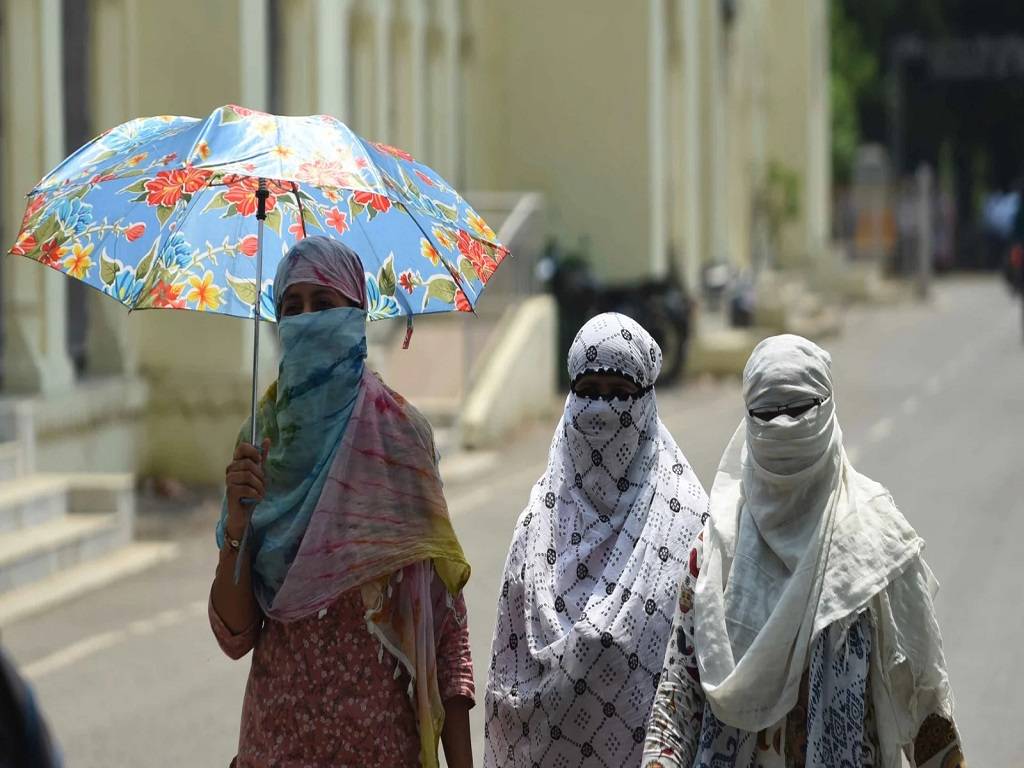
The scorching heatwave continued on Friday, with the maximum temperature in the national capital reaching 43.5 degrees Celsius at the Safdarjung observatory, according to the India Meteorological Department (IMD).
With 46.2 degrees Celsius, Najafgarh recorded the highest temperature rise at any given weather station in the national capital. On Thursday, Delhi's base weather station Safdarjung observatory recorded a maximum temperature of 43.8 degrees Celsius. The maximum temperature in Najafgarh was 45.4 degrees Celsius.
According to IMD senior scientist RK Jenamani, the current heatwave spell is "less intense" than those recorded in April-end and May, but the "area of impact is nearly equal."
The IMD predicts that the heatwave will continue in Delhi and the neighboring states of Punjab, Haryana, Uttar Pradesh, and north Rajasthan on Saturday (June 11).
Pre-Monsoon Predictions:
Pre-monsoon activity is expected to begin on June 12 in Chhattisgarh, Odisha, and east Madhya Pradesh, but Delhi and its neighboring regions, as well as north Madhya Pradesh, will continue to have above-normal temperatures until June 15, according to a weather department official.
"No significant change in maximum temperatures is very likely over northwest and central India over the next 48 hours, and maximum temperatures will gradually fall by 2-3°C thereafter," the IMD said in its daily bulletin.
Meanwhile, the Delhi air quality index (AQI) fell into the poor (315) category around 7 p.m. on Friday, according to data from the System of Air Quality and Weather Forecasting And Research (SAFAR).
An AQI of zero to fifty is considered good, 51 to one hundred satisfactory, 101 to two hundred moderate, 201 to 300 poor, 301 to 400 very poor, and 401 to 500 severe.
















